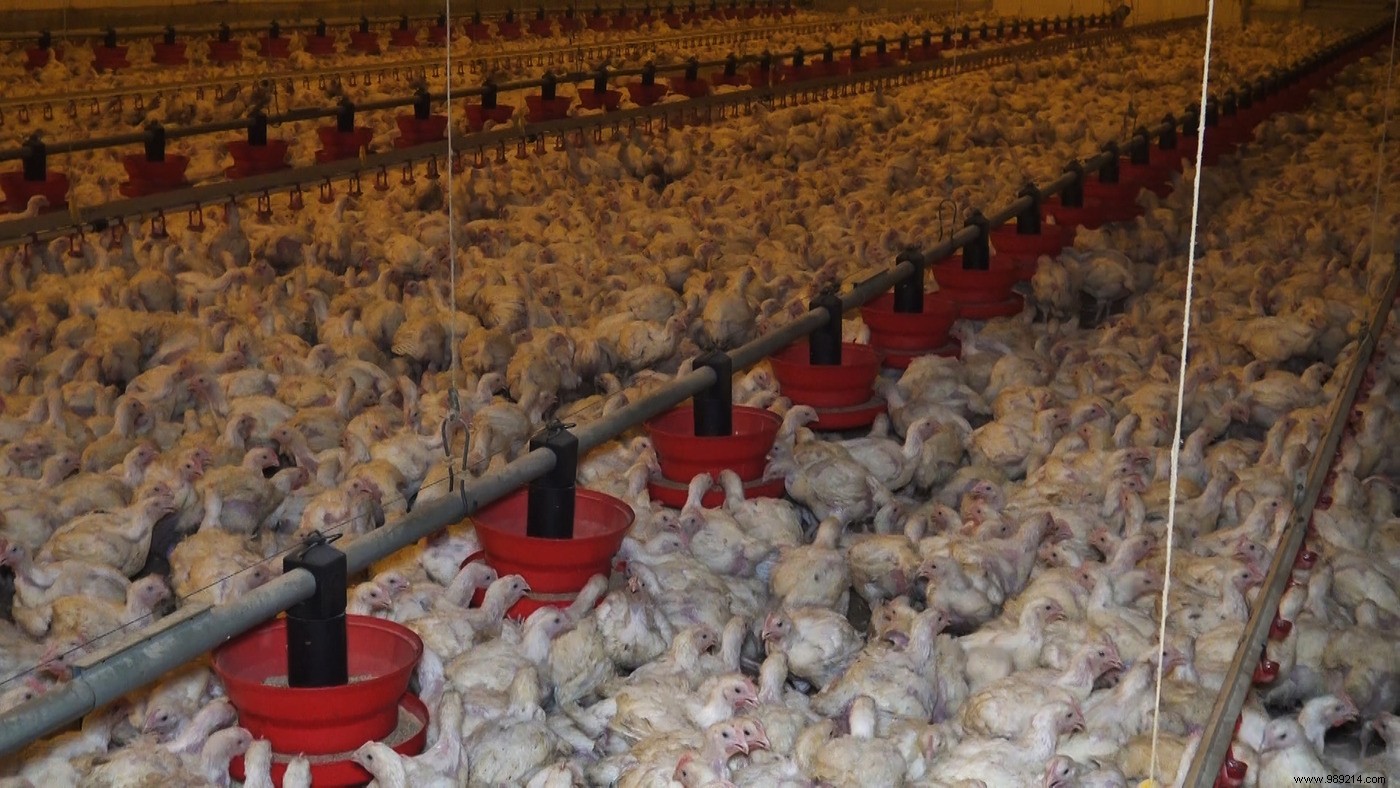For the American writer Jonathan Safran Foer, it is time to learn the lessons of the Covid-19 crisis, particularly in terms of our lifestyles. According to him, intensive farming could unfortunately be the source of future global pandemics.
With 3.5 million cases for almost 250,000 deaths , the toll of the Covid-19 pandemic is very serious. Although this pandemic is not yet over, it behooves us to ask ourselves questions and draw certain conclusions. Indeed, should we not review our lifestyles and consumption patterns?
In an article published April 20, 2020 in The Guardian , the American writer Jonathan Safran Foer targets factory farms. The interested party recalls that currently, and for several decades, the meat consumed by humans comes from animals with standardized genetics . Not only is their immune system weak, but the administration of drugs is commonplace. Let's also mention their terrible conditions of detention, regularly denounced by animal rights organizations.
Remember that there are still gray areas on the exact origin of Covid-19 (SARS-CoV-2). Concerning SARS (2003), its animal reservoir was identified as an insectivorous bat. On the other hand, the other threats of pandemic influenza viruses such as H1N1 (swine flu) and H5N1 (avian flu) have appeared in industrial pig and chicken farms before mutating to infect humans.
So it's about "antigenic changes" that cause new viruses that our immune system doesn't know about. No less than 16 strains of new influenza viruses have thus been identified in recent years, 11 of which are of type H5 or H7. In 2018, researchers also discovered 39 antigenic changes having played a role in the appearance of dangerous strains for humans. However, a majority of these strains appeared in intensive poultry farms.

For Jonathan Safran Foer, the solution would be to take care of the health of the animals and therefore of their breeding conditions. However, we must not forget wild animals such as bats. It is then a question of limiting and regulating human interaction with this type of animal.
Not long ago, we also mentioned a link between climate disturbances and other fires with an increased risk of the appearance of pandemics. However, these events disrupt the migratory routes of wild animals. Thus, some animal species potentially carrying viruses migrate to cooler areas and come closer to humans.